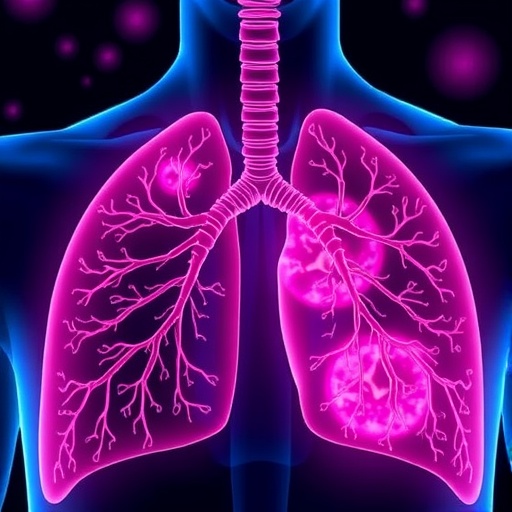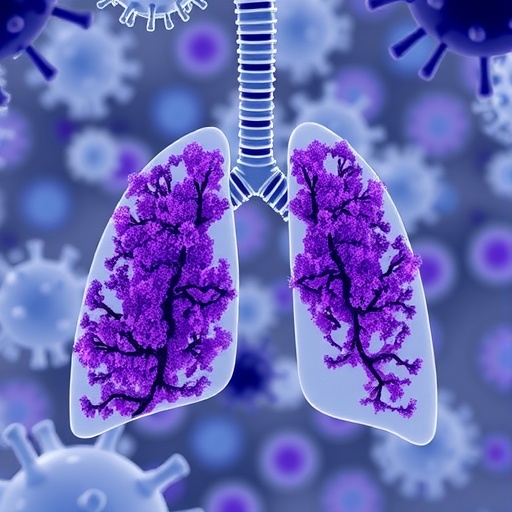Cell-free DNA in blood is used for prenatal screening and tumor diagnosis/prognosis; scientists now provide evidence for its generation and show that it can be used to prevent the spread of tumors
Cell-free DNA (cfDNA) is DNA found in trace amounts in blood, which has escaped degradation by enzymes. Scientists from Tokyo University of Science, led by Prof Ryushin Mizuta, have now discovered exactly how cfDNA is generated. They also talk about the applications of DNase1L3–the enzyme mainly responsible for generating cfDNA–as a novel molecule to prevent the spread of tumors. Prof Mizuta says, “The results of this study are an important step toward one phase of an exciting new era of genomic medicine.”
In 1994, a mutation in a well-known cancer-associated gene, RAS, was found in cfDNA from the blood of cancer patients. This sparked interest in the potential use of cfDNA as a diagnostic marker for tumors. Fetus cfDNA derived from pregnant women had already gained popularity as a tool for prenatal screening. In this day and age, given the multitude of advances in genomics, genetic analysis using cfDNA could revolutionize the era of precision medicine or “genomic medicine.” This basically means that one can get medication tailor-made according to one’s genetic makeup.
However, until now, exactly what gives rise to cfDNA was a question that was left unanswered. Is it derived from cells that undergo programmed death in the body (apoptosis) or is it derived from cells dying by injury or inflammation (necrosis)? What are the DNA-degrading enzymes (termed “endonucleases”) involved? Is there more to cfDNA that meets the eye? The study group led by Prof Mizuta, of the Research Institute of Biomedical Sciences at Tokyo University of Science, have now answered all of these questions.
Prior to this study, these scientists had already discovered an endonuclease, DNase1L3 (also called DNase γ), and found that it causes cellular DNA fragmentation during necrosis: when a cell membrane is abruptly broken, DNase1L3 in the blood stream rapidly degrades the cellular DNA into single nucleosomes (the basic units of DNA packaging). They had also found that this DNase1L3 plays second fiddle to caspase-activated DNase (CAD; the main degrading enzyme in apoptosis) during apoptosis: CAD degrades the initial fully packaged DNA called “chromatin” and the apoptotic cells are scavenged by specialized “eating” cells in the immune system, called macrophages. However, when some cells escape this scavenging process, they flow into the bloodstream and undergo “secondary” necrosis, after which DNase1L3 breaks down the DNA into nucleosomes.
Now in this particular study, the researchers used genetically manipulated mice as study models to pinpoint the enzymes responsible for generating cfDNA. They induced both apoptosis and necrosis in normal mice, mice deficient for CAD, mice deficient for DNase1L3, and CAD + DNase1L3-double-deficient mice. Through a technique called electrophoresis, the scientists observed that that blood from DNase1L3-deficient mice had much lower concentrations of cfDNA than blood from CAD-deficient mice and normal mice, in both apoptosis- and necrosis-induced groups. Interestingly, blood from CAD + DNase1L3-double-deficient mice did not show any traces of cfDNA at all. The scientists thus concluded that during apoptosis, DNase1L3 is crucial as a “backup” enzyme for CAD in degrading condensed chromatin into fragments (single nucleosomes), thus giving rise to cfDNA. And in necrosis, DNaseIL3 is absolutely essential for generating cfDNA.
The researchers also checked the activity of DNase1L3 and DNase1 (another DNA-degrading enzyme) in blood and found that apoptosis and necrosis increased the activity of both DNase1L3 and DNase1. However, even when no cfDNA was observed in CAD + DNase1L3-double-deficient mice, DNase1 activity was observed. This proved that DNase1 is not essential for cfDNA generation.
The researchers then shed some light on the physiological/medical importance of DNase1L3. Prof Mizuta says, “Because this enzyme is produced mainly by macrophages, there could be a correlation between DNase1L3 activity and inflammation.”
After infection or injury, a group of specialized immune cells called neutrophils release small sticky fibers of chromatin, which is undegraded dead-cell DNA. These fibers are called neutrophil extracellular traps (NETs). Although NETs can stop harmful bacteria from spreading in the bloodstream, NET release can sometimes become uncontrolled; this could cause clotting or embolism (lodging of the clot inside a blood vessel), a potentially fatal condition. Prof Mizuta states that DNase1L3 can degrade NETs into cfDNA and thus be used to treat thrombosis caused by NETs.
NETs are also known to be the “seeding soil” for tumors. Tumor cells released in blood might latch onto NETs and grow on them and spread to other organs. For this, Prof Mizuta says, “Because DNase1L3 degrades NETs and generates cfDNA, we speculate that DNase1L3 treatment may also be useful to prevent tumor metastasis. We are now conducting experiments to test this speculation.”
That said, can more research on cell-free DNA make human life cancer-free? Only time will tell…
###
Media Contact
Tsutomu Shimizu
[email protected]
http://dx.




